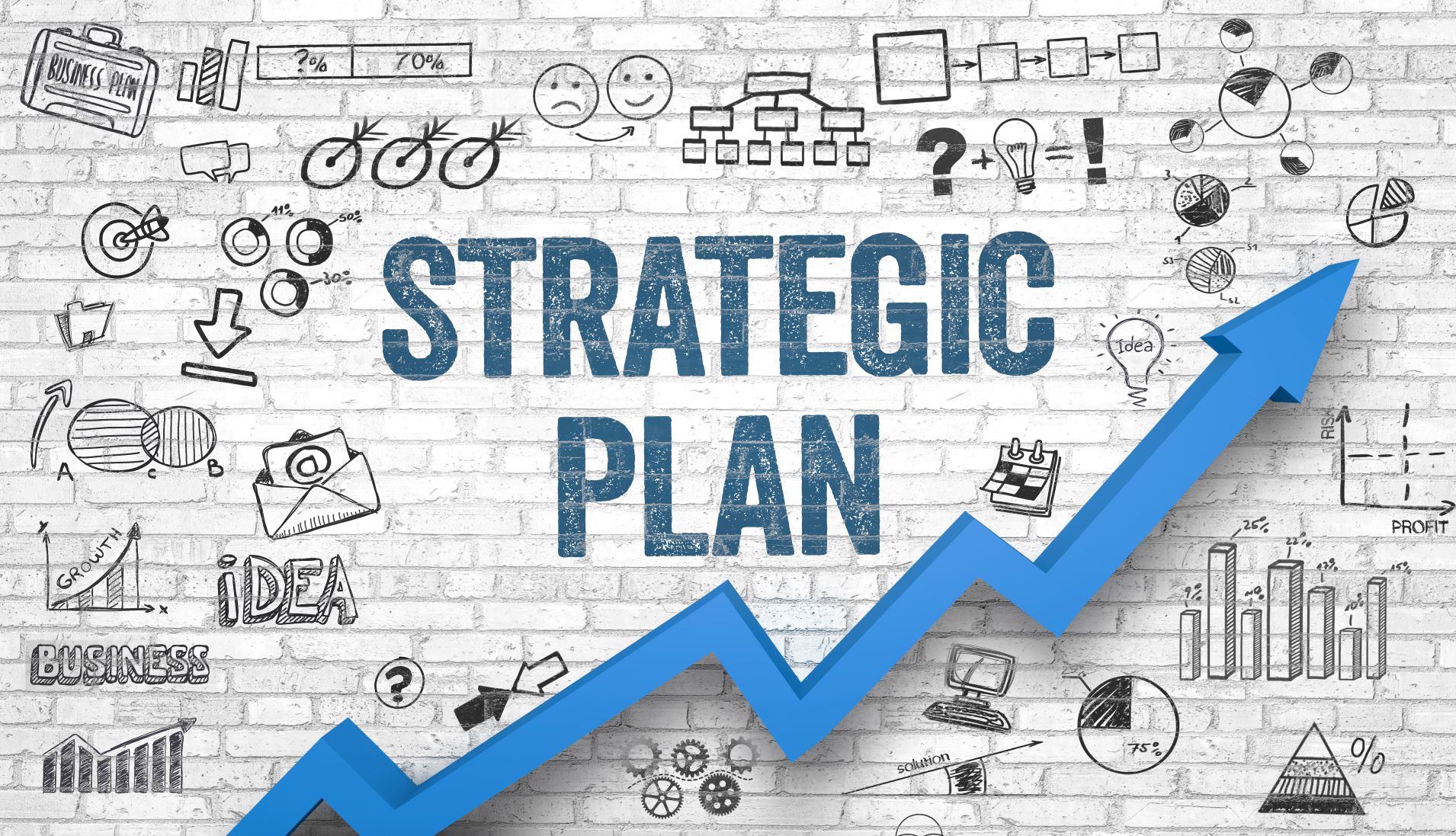In today’s rapidly evolving marketplace, the art of effectively planning and executing market engagement and contract activities has never been more critical. Businesses face a landscape marked by relentless competition, shifting consumer expectations, and the ceaseless march of technology, all of which demand nuanced strategies and innovative approaches.
Yet, beneath this complexity lies a framework that, when mastered, can lead to unparalleled success. This detailed handbook serves as a comprehensive guide, unraveling the intricacies of market engagement—from understanding stakeholder motivations to crafting compelling contracts.
Whether you’re a seasoned professional or a newcomer eager to make your mark, the insights and actionable strategies contained within these pages will equip you to navigate the multifaceted world of contract activities with confidence and acumen. Prepare to delve deep into a realm where strategic foresight meets practical execution, unlocking the potential for transformative outcomes in your organization.
Understanding Market Engagement

Market engagement is a multifaceted process that goes beyond mere interaction; it encompasses the intricate dance between understanding stakeholder needs and effectively communicating value. At its core, it requires a deep dive into market dynamics, where one must analyze trends, identify potential partners, and assess competitive landscapes.
Additionally, effective engagement is not a one-size-fits-all approach; it demands tailored strategies that resonate with diverse audiences, each possessing unique motivations and expectations. By leveraging innovative tools and methodologies, organizations can foster meaningful connections, promoting not just transactions but long-lasting relationships that drive collective success.
As we navigate the complexities of this landscapeit’sts essential to remain agile, continually adapting our approaches to keep pace with evolving market sentiments and technological advancements. The art of market engagement, therefore, is as much about listening and learning as it is about proposing and delivering.
Market Research and Analysis

Market research and analysis serve as the bedrock of effective market engagement and contract activities, providing critical insights that guide strategic decisions. To navigate the intricacies of consumer behavior, organizations must delve into qualitative and quantitative data, uncovering trends that might not be immediately obvious.
This process is not merely a box-ticking exercise; it demands a nuanced approach that recognizes the myriad factors influencing purchasing decisions. Engage in competitor analysis to gauge external pressures and understand your unique value proposition.
Additionally, leveraging advanced analytical tools can help distill complex datasets into actionable intelligence. From demographic shifts to evolving market dynamics, a thoughtful approach to research ensures that your strategies resonate with target audiences and align with current market realities, ultimately paving the way for successful outcomes.
Strategic Planning for Market Engagement

Strategic planning for market engagement is a multifaceted approach that requires a keen understanding of both the competitive landscape and the unique needs of target audiences. At its core, effective market engagement entails not just the crafting of a compelling narrative or value proposition, but also the meticulous alignment of resources, timelines, and stakeholder expectations.
To navigate the complexities of market dynamics, organizations must first conduct thorough market research, identifying key trends, potential barriers, and the motivations driving customer behavior. This foundational knowledge enables teams to deploy tailored engagement strategies that resonate deeply with consumers, fostering authentic connections.
Additionally, it is essential to maintain flexibility within the planning process; as market conditions shift or new opportunities arise, organizations must be ready to pivot, adapt, and innovate. Engaging the right partners and leveraging technology can further enhance outreach efforts, creating an ecosystem of collaboration that not only elevates brand visibility but also propels sustainable growth. In this ever-evolving arena, proactive and strategic planning stands as the cornerstone for successful market engagement initiatives.
Conclusion
In conclusion, effective market engagement and contract activities are essential for organizations seeking to maximize value and efficiency in their procurement processes. By following the strategies and best practices outlined in this detailed handbook, stakeholders can navigate the complexities of the procurement landscape with confidence.
It is crucial to foster transparency, encourage competition, and maintain strong relationships with suppliers to achieve desired outcomes. As demonstrated through successful procurement services in Brisbane and beyond, a well-planned approach can lead to improved results, strategic partnerships, and ultimately, the fulfillment of organizational goals. Embracing these principles will not only enhance the procurement journey but also contribute to overall organizational success.








